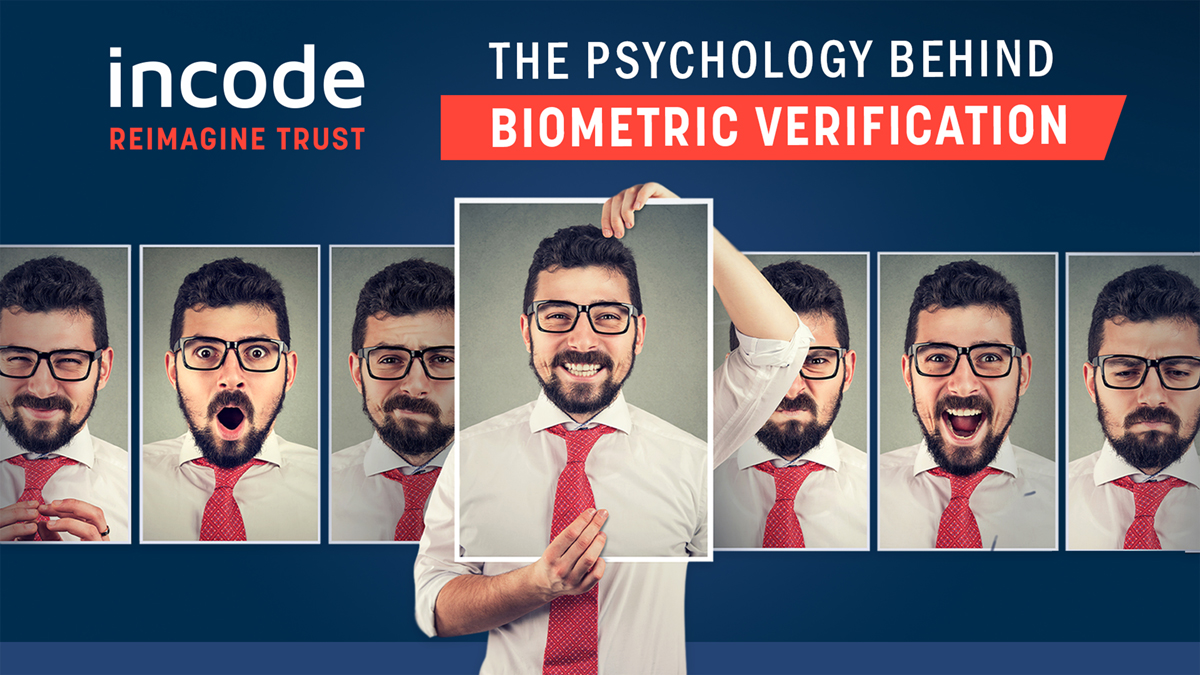The Psychology Behind Biometric Verification
Understanding How Consumers Perceive and React to Biometric Software in Their Daily Lives
Biometric verification, once a staple of science fiction, is now an integral part of our everyday lives. From unlocking smartphones with a fingerprint to airport security checks using facial recognition, biometric software is reshaping how we think about personal security. But what is the psychological impact of these technologies on users? How do consumers perceive and react to this unique intersection of technology and psychology in their daily lives?
Understanding the psychological components can help guide your deployment decisions and ensure that your customer touchpoints are sensitive to the potential concerns of customers.
The Comfort of Convenience
The core appeal of biometric authentication software is the same as most consumer-facing technologies: personalization and convenience.
A survey by Visa in 2020 found that 86% of consumers are interested in using biometrics to verify identity or to make payments, citing ease of use and security as the main reasons (“Biometric Authentication Study,” Visa, 2020). The human brain is wired to seek efficiency; biometrics offer a seamless, almost invisible method of security compared to traditional passwords or PINs.
Biometrics and Identity
The biometric verification process also influences users’ perception of their identity. There’s no innate connection between a person and the anonymity of numbers or even the most vain passwords, especially when a system claims your chosen username or password is already in use.
Unlike a password, biometric authentication data is intrinsically personal, linked to unchangeable features that belong to no one else in the world. This creates a sense of uniqueness and individual security, as reflected in a study where users expressed a sense of personal empowerment using biometrics (Journal of Cybersecurity, “User Perceptions of Biometrics,” 2017).
Adaptation and Familiarity
Adaptation plays a vital role in the acceptance of biometric technology. According to the Technology Acceptance Model (TAM), perceived ease of use and usefulness are key predictors of technology adoption (Davis, F.D., “Perceived Usefulness, Perceived Ease of Use, and User Acceptance of Information Technology,” MIS Quarterly, 1989). The good news is, as users become more familiar with biometric systems, their comfort level increases. This is evident in the widespread adoption of fingerprint scanners on smartphones.
Cultural Influences
Cultural factors also influence the perception of biometric verification technology. In societies with high concerns over surveillance and privacy, such as in parts of Europe, there is more skepticism towards biometric data collection. In contrast, regions with a high emphasis on security, like in some Asian countries, have a more positive outlook towards biometric software (International Journal of Human-Computer Studies, “Cultural Influences on Biometric Security Systems,” 2020).
Trust and Security Perception
But meaningful acceptance of biometrics requires trust. A 2018 study by IBM Security revealed that 75% of millennials are comfortable using biometrics, compared to only 58% of those over 55 (“Future of Identity Study,” IBM Security, 2018). This generational divide reflects differing levels of familiarity and trust in technology. Younger users, who have grown up with technology, are more likely to trust biometric security measures, but practicing biometric trust management can transcend generation differences too.
Privacy is always a Factor
Despite the convenience, consumers are always interested in how technology might affect their privacy. A report from Pew Research Center highlights that 54% of Americans are not comfortable with face verification software being used by law enforcement (Pew Research Center, “Americans and Digital Knowledge,” 2019). The fear of personal data being mishandled or misused is a significant barrier. The psychology behind this fear is rooted in the human need for autonomy and control over personal information.
The Future Outlook
As technology continues to evolve, so too will the psychological responses to biometric security. Future trends indicate a move towards even more integrated biometric software, like vein pattern recognition or gait analysis. As these technologies become more pervasive, understanding the psychological impacts will be crucial in addressing concerns and enhancing user experience.
Improving the biometric verification process is not just a matter of technological advancement; it’s deeply intertwined with human psychology. Users’ perceptions and reactions are shaped by a complex mix of convenience, trust, privacy concerns, identity, cultural influences, and adaptation. As we navigate this new era of security, it’s essential to keep these human factors at the forefront of biometric technology development and implementation.
